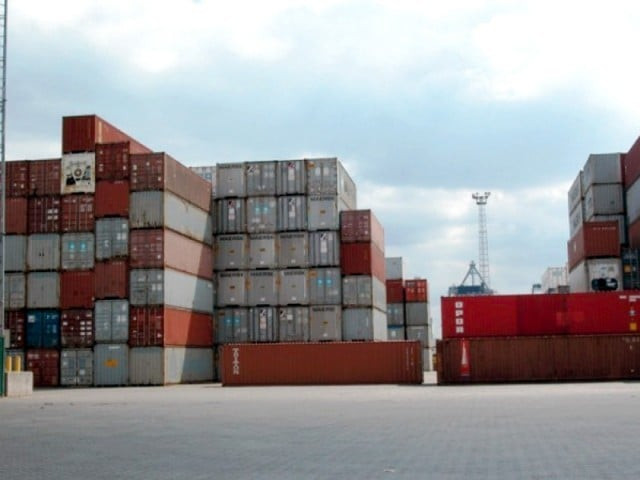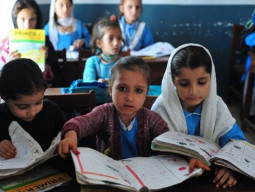
Pakistan has reasonably bright prospects for economic growth in the near term, says a World Bank report, but cautions that China’s economic slowdown and delay in energy and taxation reforms may threaten this outlook.
A report titled “South Asia Economic Focus Fall 2015” that the Washington-based lending agency released on Monday, disagreed with the government’s projection that the economy would grow 5.5% in the current fiscal year.
It not only put the growth projection at 4.5%, which is in line with estimates of other multilateral lending agencies, but also predicted next financial year’s growth at 4.8%.
This pace of expansion is far lower than the required 7% to absorb young entrants in the job market. In its election manifesto, the PML-N had promised to take the growth rate to 7% in fiscal year 2016-17.
Another bad news in the report was that exports would remain on the negative trajectory, for at least one more year.
Read: World Bank’s help: Local export industry to get a boost
“A mild recovery is under way, macroeconomic stability has largely been restored,” the report said, adding prospects for continued growth appeared reasonably bright, supported by strong fiscal consolidation and an improved external position.
However, it said the downside risks, chiefly the China slowdown, might affect this outlook. For a sustained and inclusive growth, Pakistan needs to successfully implement reforms in energy and taxation, and increase investment.
The report stated the slowdown in China, if protracted, could have adverse effects on investment and trade, and Pakistan may not have the ability to absorb external shocks in the absence of strong buffers.
Furthermore, realisation of tax revenue targets largely hinges on a steady implementation of tax reform agenda. Fiscal consolidation may also be negatively affected by delayed implementation of the government’s privatisation agenda. The privatisation programme has entered a critical phase of selling the loss-making enterprises, after the government successfully sold its remaining shares in profitable banks.
The World Bank report stated that for the economy to accelerate in the long run, key growth constraints like electricity shortages, cumbersome business climate, complex trade regime, low access to finance and security situation need to be addressed.
Fifth place
Thanks to the slow growth in Nepal and the Maldives, Pakistan’s economy will grow at a pace that will place it at the fifth position among eight neighbouring nations. Last time, its position was seventh, only above Afghanistan.
India will again be the fastest-growing regional economy, which is forecast to accelerate from 7% in 2015 to 7.4% in 2016.
The report said in Pakistan, a weak manufacturing performance - together with sluggish demand in destination countries - translated into a modestly negative export growth. It is expected to enter positive territory in 2017.
Exports are projected to contract in the first year owing to tapering global demand and then grow marginally the following year. Imports, however, are projected to post a moderate growth due to the China-Pakistan Economic Corridor-related investments and higher domestic demand.
With the exception for Pakistan that ships about one-tenth of total exports to China, the share of South Asian nations’ exports to China is low, meaning that the region is not vulnerable to the Chinese economic slowdown, said the report.
Tax collection challenging
The World Bank said Pakistan’s consolidation efforts were on track, thanks to healthy non-tax revenues and some rationalisation of power subsidies. Tax collection was proving particularly challenging in Afghanistan, Bangladesh, Pakistan and Sri Lanka, it said.
“Pakistan’s fiscal consolidation hinges on non-tax revenues while collection by the Federal Board of Revenue continues to fall short of targets.”
Read: Extreme poverty to fall below 10% in a first
Yet, the bank appeared optimistic, saying Pakistan would be able to lower the budget deficit to 4% of gross domestic product, even better than the target of 4.3%.
It said the deficit was expected to decline to 3.5% by fiscal year 2016-17. The reduced need for deficit financing should facilitate provision of bank credit to the private sector, leading to increased economic activity.
Published in The Express Tribune, October 6th, 2015.
Like Business on Facebook, follow @TribuneBiz on Twitter to stay informed and join in the conversation.



















COMMENTS
Comments are moderated and generally will be posted if they are on-topic and not abusive.
For more information, please see our Comments FAQ